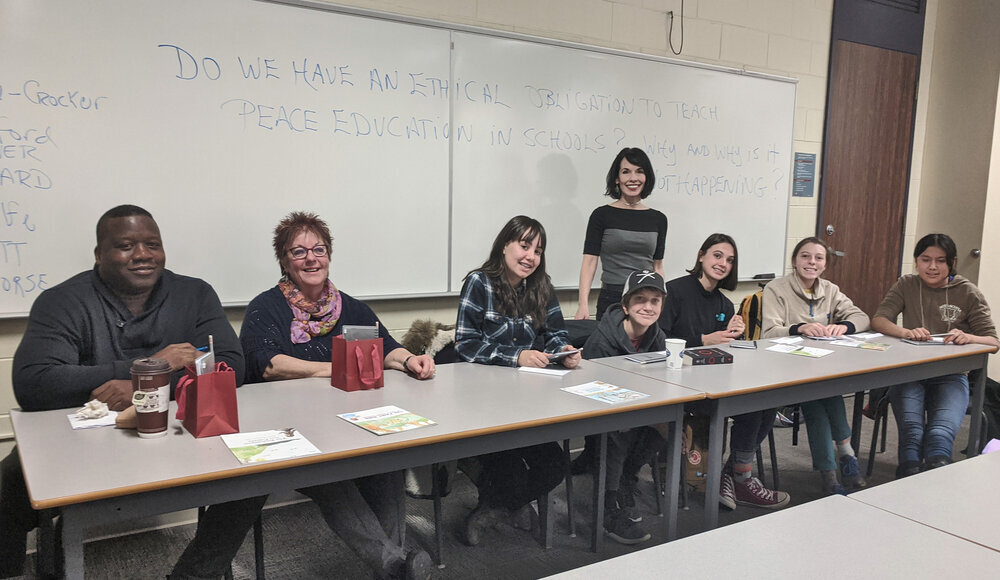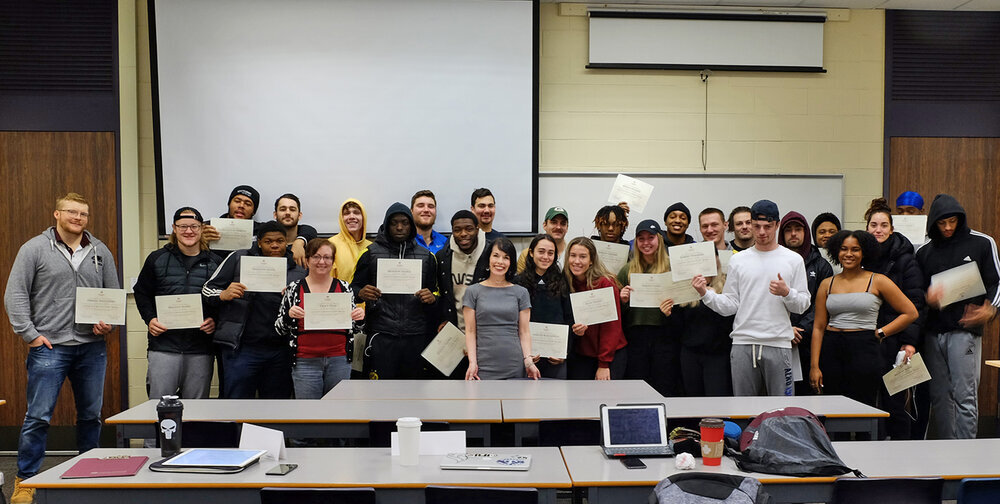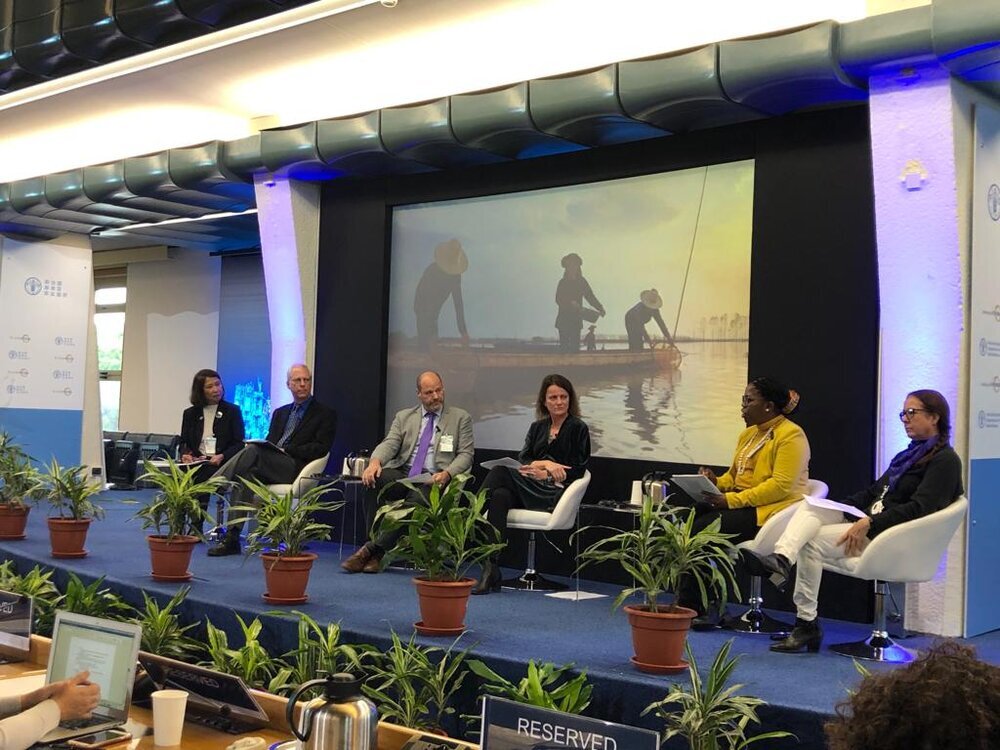For start-up businesses, finding capital can seem like a never-ending battle. Competitions, elevator pitches and networking are all done in the hopes of finding those with the power to bring an idea to reality. The Venture Grade at the Sobey School of Business puts that power in the hands of students.
Dr. Ellen Farrell is part of the Venture Grade governance team from Saint Mary’s University.
“Venture Grade is Canada’s most comprehensive venture capital university program. It involves theoretical courses, practical courses, and a $250,000 fund that the students raise themselves,” she says. “It also includes extensive engagement in the community and competing in the Canadian Venture Capital Investment Competition, as well as others. Our students have competed in New England against the best universities in the world.”
Dec. 12, 2019 saw Venture Grade host its fourth annual meeting in the Scotiabank Theater at Saint Mary’s University. The team outlined their achievements from 2019, including raising $35,000 for the fund. They also invested in two new companies this year: Ashored and Aurea Technologies. Both are local businesses that provide sustainable solutions to their respective industries of oceans technology and wind-power technology. Venture Grade invested $30,000 in Ashored, and $20,000 in Aurea.
Cat Adalay is the CEO of Aurea. “The money is going to be used for launching our first product, which is the Shine turbine, into the consumer market and to fulfill not only pre-orders, but orders made by retailers that we’re already in the process of onboarding,” she says. Adalay also says that the investment will help Aurea to explore new technologies and potential new markets.
The annual meeting also featured a discussion with Jevon MacDonald, serial entrepreneur and CEO of Manifold. MacDonald spoke about his own experiences with entrepreneurship, venture capital and the lessons he learned through starting and running numerous businesses.
The common thread through the discussion was that there is no one correct way to run or fund a new business. “Anyone who tells you there is one single way to do something is full of it. They just haven’t done it enough times” he chuckles.
As Venture Grade puts a successful 2019 behind them, the team is already looking towards next year. “My hope is that Venture Grade will become a prime initiative of the university and be promoted outside of the school,” says Dr. Farrell. “In that way, we will draw students to Saint Mary’s who are interested in entrepreneurship and its financing.”
She says that the number of students involved that are entrepreneurs themselves speaks to the value of the program in “teaching entrepreneurship from the inside out.”
For more information on Venture Grade, visit https://venturegrade.ca/

















